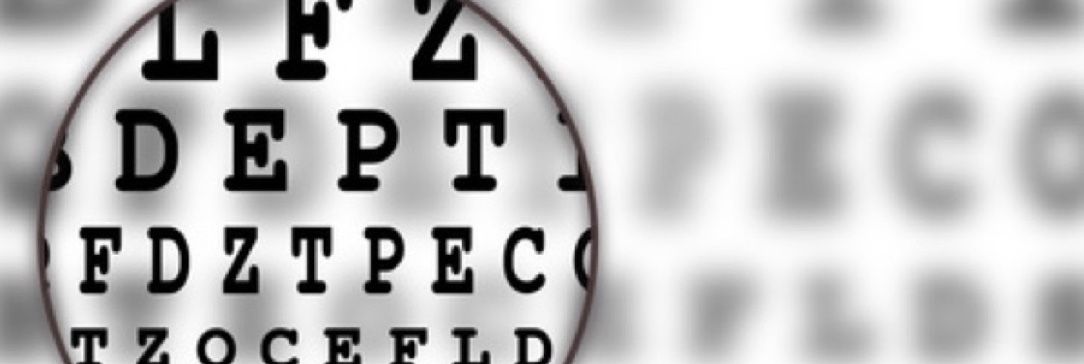Visual Performance in Glaucoma can be improved

Vision loss due to glaucoma or optic nerve damage can be restored
Vision loss due to glaucoma or optic nerve damage is generally considered irreversible. Now a new multi-center clinical trial shows significant vision improvement in partially blind patients, with 10 days of noninvasive, transorbital alternating current stimulation (ACS). The study showed that not only their residual vision has been activated, patients also experienced improvements in vision-related life quality, such as visual acuity, reading, mobility, or orientation. The results are reported in PLOS ONE:
“ACS treatment is a safe and effective means to partially restore vision after optic nerve damage. Probably by modulating brain plasticity, re-synchronizing brain networks, which were desynchronized by vision loss. This is the first-ever large-scale multi-center clinical trial in the field of non-invasive brain modulation using electric currents. It suggests that visual fields can be improved in a clinically meaningful way,” commented lead investigator Prof. Bernhard A. Sabel, Ph.D. of the Institute of Medical Psychology, Medical Faculty, Otto-von-Guericke University of Magdeburg (Germany).
A randomized, multi-center clinical trial
The study is conducted at three German clinical centers (University of Göttingen, Charité Berlin, and the University of Magdeburg). 82 patients were enrolled in a double-blind, randomized clinical trial: 33 with vision loss caused by glaucoma and 32 with anterior ischemic optic neuropathy caused by inflammation, optic nerve compression (due to tumors or intracranial hemorrhage) as well as congenital anomalies, or Leber’s hereditary optic neuropathy. And the other eight patients had more than one cause of optic nerve atrophy.
The groups were randomized. 45 patients received daily treatment of ACS for up to 50 minutes per day, over a two-week period. 37 patients received sham stimulation (as the control group). Before treatment, no other differences between groups were found, including the age of the lesion or visual field characteristics. During the experiment, ACS was applied with electrodes on the skin near the eyes. The vision was tested before and 48 hours after completion of treatment, and then again two months later to check if there are any long-lasting changes.
1. Significantly improved visual field
Patients receiving ACS showed significantly greater improvements in perceiving objects in the whole visual field than those in the sham-treated group. Specifically. When measuring the visual field, a 24% improvement was noted after treatment in the ACS group compared to a 2.5% improvement in the sham group. Further analyses also showed improvements at the edges of the visual field in the ACS group.
2. Long-lasting improvement
The benefits of stimulation were found to be still stable after two months, as the ACS group showed a 25% improvement in the visual field compared to negligible changes (0.28%) in the sham group.
3. No serious side effect was reported
Patient safety was maintained at a high level. No participants reported discomfort during stimulation, although temporary dizziness and mild headaches were reported in rare cases.
Vision Restoration Is Possible by Re-Synchronizing Brain Networks
The study results are in line with previous small sample studies in which efficacy and safety were observed. Those studies proved that well-synchronized dynamic brain functional networks are critical for vision restoration. The neural networks can be re-synchronized by ACS via rhythmic firing of the ganglion cells of the retina, activating or “amplifying” residual vision.
To the results of this study, Dr. Sabel commented:
“While additional studies are needed to further explore the mechanisms of action, our results warrant the use of ACS treatment in a clinical setting to activate residual vision by brain network re-synchronization. This can partially restore vision in patients with stable vision loss caused by optic nerve damage and glaucoma.”
Original publication:
C. Gall, S. Schmidt, M.P. Schittkowski, G. G. Ambrus, W. Paulus, M. Dannhauer, R. Michalik, A. Mante, M. Bola, A. Lux, S. Kropf, S.A. Brandt and B.A. Sabel (2016) Alternating current stimulation for vision restoration after optic nerve damage: a randomized clinical trial, PLOS ONE.

